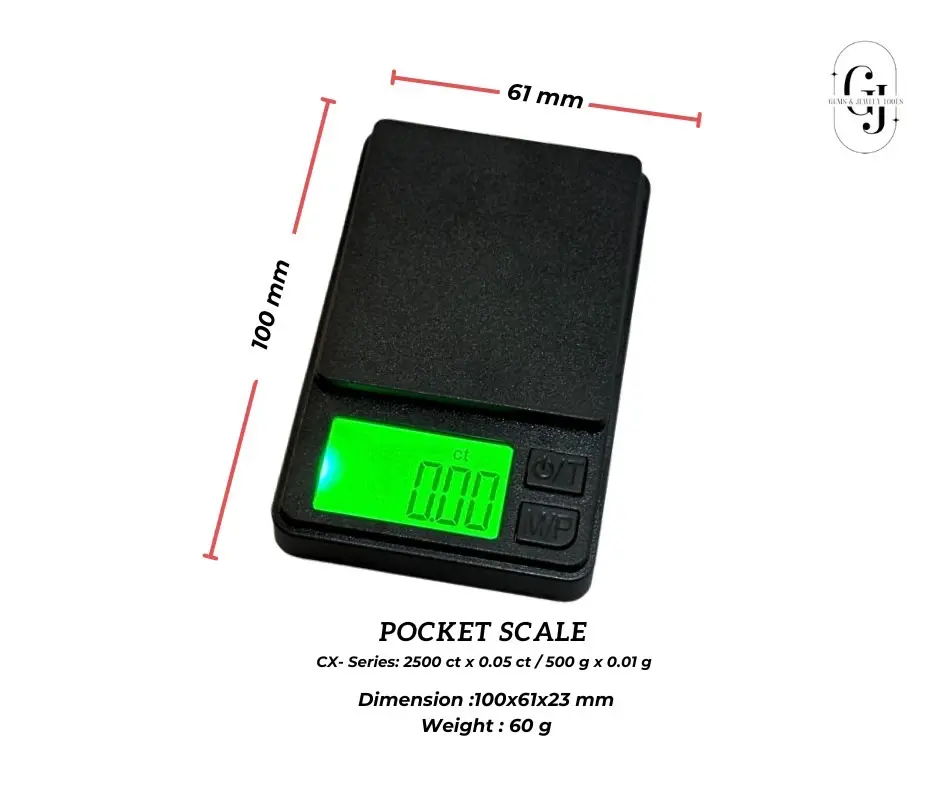Phosphotungstic Acid Hydrate Powder: High-Purity Reagent for Advanced Analytical and Microscopy Applications
Tungstophosphoric acid
Catalog Number: ASC-1027
IntroductionDiscover the exceptional quality of Phosphotungstic Acid Hydrate Powder, a highly versatile reagent renowned for its applications in analytical chemistry, microscopy, and material science. With its superior purity and consistent performance, this compound is an indispensable asset for researchers and professionals seeking precision and reliability in their work.
Key Features
High Purity: Produced with rigorous quality control to ensure exceptional purity levels, minimizing impurities that could affect experimental results.
Versatile Applications: Widely used as a staining agent in electron microscopy, a catalyst in organic synthesis, and a reagent in analytical chemistry.
Stable Hydrate Form: The hydrate powder form offers enhanced stability and ease of handling.
Excellent Solubility: Easily soluble in water and other polar solvents, facilitating straightforward preparation of solutions.
Batch Consistency: Manufactured to provide consistent performance across different batches, ensuring reproducible results.
Chemical Information
- Chemical Name: Phosphotungstic Acid Hydrate
Chemical Formula: H₃[P(W₃O₁₀)₄]·xH₂O
Molecular Weight: Approximately 2880.20 g/mol (dependent on hydration level)
CAS Number: 12501-23-4
Appearance: White to pale yellow crystalline powder
Solubility: Soluble in water, alcohols, and other polar solvents
Storage Conditions: Store in a cool, dry place in a tightly sealed container
Applications
1. Electron Microscopy
Staining Agent: Phosphotungstic acid is extensively used as a negative staining agent in transmission electron microscopy (TEM) to enhance contrast in biological specimens such as viruses, proteins, and nucleic acids.
Tissue Fixation: Serves as a component in fixatives for preserving and hardening tissue samples, improving image clarity and detail.
2. Histology and Cytology
Special Stains: Utilized in Masson's Trichrome staining and other histological staining techniques to differentiate between collagen fibers, muscle tissue, and other cellular components.
Visualization Enhancement: Improves contrast and differentiation in cell and tissue samples under light microscopy.
3. Analytical Chemistry
Precipitation Reagent: Acts as a reagent for the detection and quantification of alkaloids, proteins, and nitrogen-containing compounds through precipitation reactions.
Heteropoly Acid Formation: Used in the preparation of heteropoly acid complexes for analytical determinations.
4. Catalysis
Heterogeneous Catalyst: Employed in organic synthesis reactions as a catalyst, facilitating processes such as esterifications, alkylations, and oxidation reactions.
Green Chemistry: Offers an environmentally friendly alternative due to its non-toxic nature and recyclability in catalytic cycles.
5. Material Science
Nano-Structured Materials: Used in the synthesis of nanomaterials, including tungsten oxide nanoparticles, with applications in sensors, electronics, and photocatalysis.
Conductive Polymers: Involved in the doping of polymers to enhance electrical conductivity.
Advantages
Enhanced Contrast in Microscopy: Provides superior staining capabilities, leading to high-resolution images and precise structural visualization.
Reliable Analytical Reagent: Delivers consistent results in quantitative and qualitative analyses.
Catalytic Efficiency: Improves reaction rates and yields in catalytic processes, contributing to cost-effective operations.
High Stability: Maintains integrity under various conditions, ensuring longevity and effectiveness.
Safe Handling: Non-volatile and low toxicity under recommended use conditions, promoting a safer laboratory environment.
Usage Guidelines
Preparation of Solutions
Dissolution:
Accurately weigh the required amount of Phosphotungstic Acid Hydrate Powder.
Dissolve in distilled or deionized water while stirring to ensure complete dissolution.
Concentration Adjustment:
Prepare solutions at the desired concentration based on specific application requirements.
For staining purposes, common concentrations range from 1% to 5% (w/v).
Storage of Solutions
Store prepared solutions in tightly sealed containers.
Keep at appropriate temperatures as per application needs, typically at room temperature or refrigerated for extended shelf life.




![Tricine, N-[Tris(hydroxymethyl)methyl]glycine – High-Purity Buffering Agent](https://static.wixstatic.com/media/83e903_92aedb8de5654cfcb1d432035ead7fd5~mv2.jpg/v1/fill/w_980,h_691,al_c,q_85,usm_0.66_1.00_0.01,enc_avif,quality_auto/83e903_92aedb8de5654cfcb1d432035ead7fd5~mv2.jpg)
















